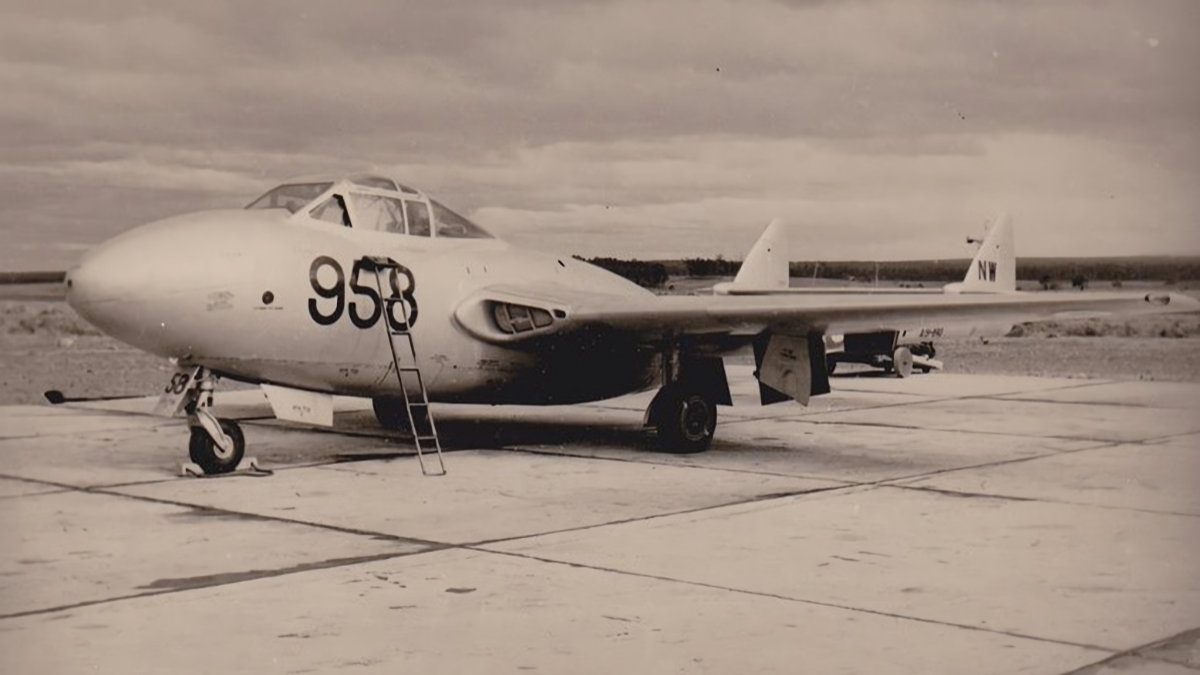Tag: Air Force
-
de Havilland Sea Vampire

de Havilland Sea Vampire With the development of jet aircraft, the Royal Navy was keen to evaluate their suitability for operation from aircraft carriers. As a result, the third de Havilland Vampire prototype LZ551/G was modified with 40% extra flaps, long travel oleos and an arrestor hook to become prototype Sea Vampire F.10. This aircraft… Read more
-
de Havilland Sea Hornet

de Havilland Sea Hornet The de Havilland Sea Hornet was a navalised version of the Hornet, which incorporated folding wings, fuselage strengthening to allow for the arrested landings and modified landing gear. A total of 79 Sea Hornet F.20s were built. A night fighter variant incorporated a second cockpit to the rear of the fuselage… Read more
-
de Havilland Sea Vampire in Australian Service

de Havilland Sea Vampire in Australian Service In preparation for the arrival of the de Havilland Sea Venom, the Royal Australian Navy required an aircraft to enable pilots to transition from the Hawker Sea Fury. With de Havilland Australia already producing the Vampire T.33 for the RAAF, the RAN ordered five Sea Vampire T.34 trainers.… Read more
